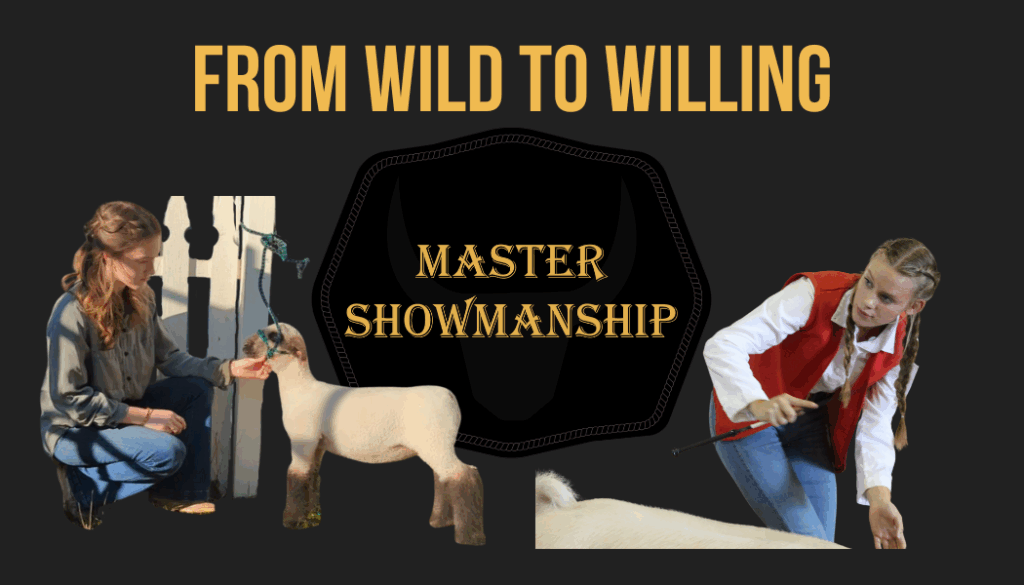
If you’ve ever walked into the pen with a brand-new project animal, you know the look — wide eyes, nervous steps, maybe ready to bolt around the pen at any moment. It doesn’t matter if it’s a steer, sheep, goat, or pig — every project can start out a little wild. But here’s the good news: it doesn’t have to stay that way. In fact, your job is to start working on progress immediately.
Start with Trust, Not Force
The biggest mistake I see is kids trying to muscle their animals into submission. That only builds frustration for you both. Instead, start small. Spend time just being around your animal so they get used to your smell and touch. Let them relax with you nearby before asking for more.
First Steps by Species
It may help to have a second person there with any animals that could escape or might push you around. Work in a small space so that if they escape they can’t go anywhere or think they got away with anything. Especially pigs need to be contained until you can trust them and they trust you. There is nothing that halts progress faster than a pig that can book it accross the field and knows you can’t catch up. Controling the environment and having help can keep a difficult situation calm. Five calm, consistent days of training beats one frustrated hour. Remember — your animal isn’t being difficult to annoy you. They’re learning.
Final Thought
The best showmen take their time and they know it takes staying calm no matter how frustrating training gets. And long after those hard days, the judges notice. A calm, responsive animal in the ring is proof of the hours you’ve invested at home.
Helpful tips directly in your inbox!